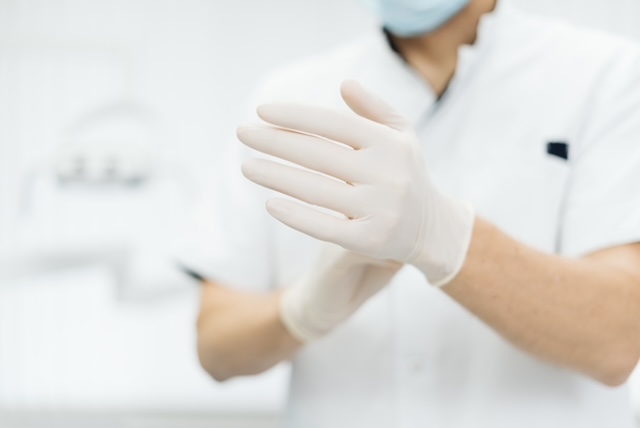Cracked foreskin due to Balanitis Xerotica Obliterans (BXO)
The cracked foreskin caused by Balanitis Xerotica Obliterans (BXO), also known as lichen sclerosus or Csillag’s Disease, can cause thin, white patches on the foreskin. These patches may lead to tightness and a repeatedly cracked foreskin.
Who Can Be Affected?
BXO can affect males from young boys to adults, but is rare in children under five years old. It is a common cause of severe tight foreskin.
Causes of BXO
The exact cause of BXO remains unknown, but it is sometimes linked to conditions where the body’s immune system mistakenly targets healthy tissues, affecting individuals with diabetes. Importantly, BXO is not an infection and cannot be transmitted to sexual partners. BXO can rarely occur among relatives.
Recognising Symptoms
The most common symptom is itching and a cracked foreskin. Occasionally, these patches on the foreskin may itch and cause discomfort if the skin breaks or cracks. BXO can tighten around the foreskin, interfering with sexual intercourse in affected men. It may also result in a severely tight foreskin and partially block urine flow.
Appearance of BXO
BXO appears as ivory-coloured spots on the foreskin, often with tiny yellowish plugs. Over time, these spots can become wrinkled. They usually appear in other areas, such as the wrists, upper trunk, breasts, neck, and armpits.
Some individuals may not recognise any symptoms, but these spots can be delicate, easily bruised, and may cause pain during intercourse as they constrict the opening of the foreskin. Young adults can also develop BXO, which may impact urination and sexual activities. It is crucial to note that BXO can be mistaken for a thrush infection.
Treatment Options
No treatment is likely to reverse the changes of BXO completely, but depending on the severity, steroid cream can usually initially control the symptoms and signs of the disease well.
Early Cases
Steroid creams or ointments can alleviate symptoms in mild cases. Light moisturisers can also be applied to soften and protect the skin.
Adults with Foreskin Tightness
For adults experiencing foreskin tightness in the early stage, steroid ointments are often effective. If this approach doesn’t work, your doctor may recommend circumcision to provide long-term relief.
Handling Fragile Skin
BXO-affected skin can be more vulnerable to infections, such as Candida yeast infections (thrush) or bacterial infections, which may lead to splitting or bleeding. If these problems occur, our medical team is well-equipped to provide the necessary treatment and care.
What You Can Do
Regular follow-up with our Urologist is essential, even after circumcision, as BXO may increase the risk of penile skin cancer and involves the head of penis.
Our Clinic’s Approach
At our clinic, we offer a comprehensive package for patients with a cracked foreskin due to BXO:
1. Assessment and treatment options, including steroid cream, circumcision, or further procedures.
2. Consultation before circumcision.
3. Circumcision with glue is less invasive and more comfortable than stitches.
4. Aftercare guidance.
5. Biopsy (foreskin to be tested under microscope) for diagnosis confirmation and malignancy exclusion.
6. Further treatment after six weeks.
7. Follow up with appointments at our clinic or with your GP as needed.
8. Long-term follow-up if biopsy-proven BXO is confirmed after circumcision.
